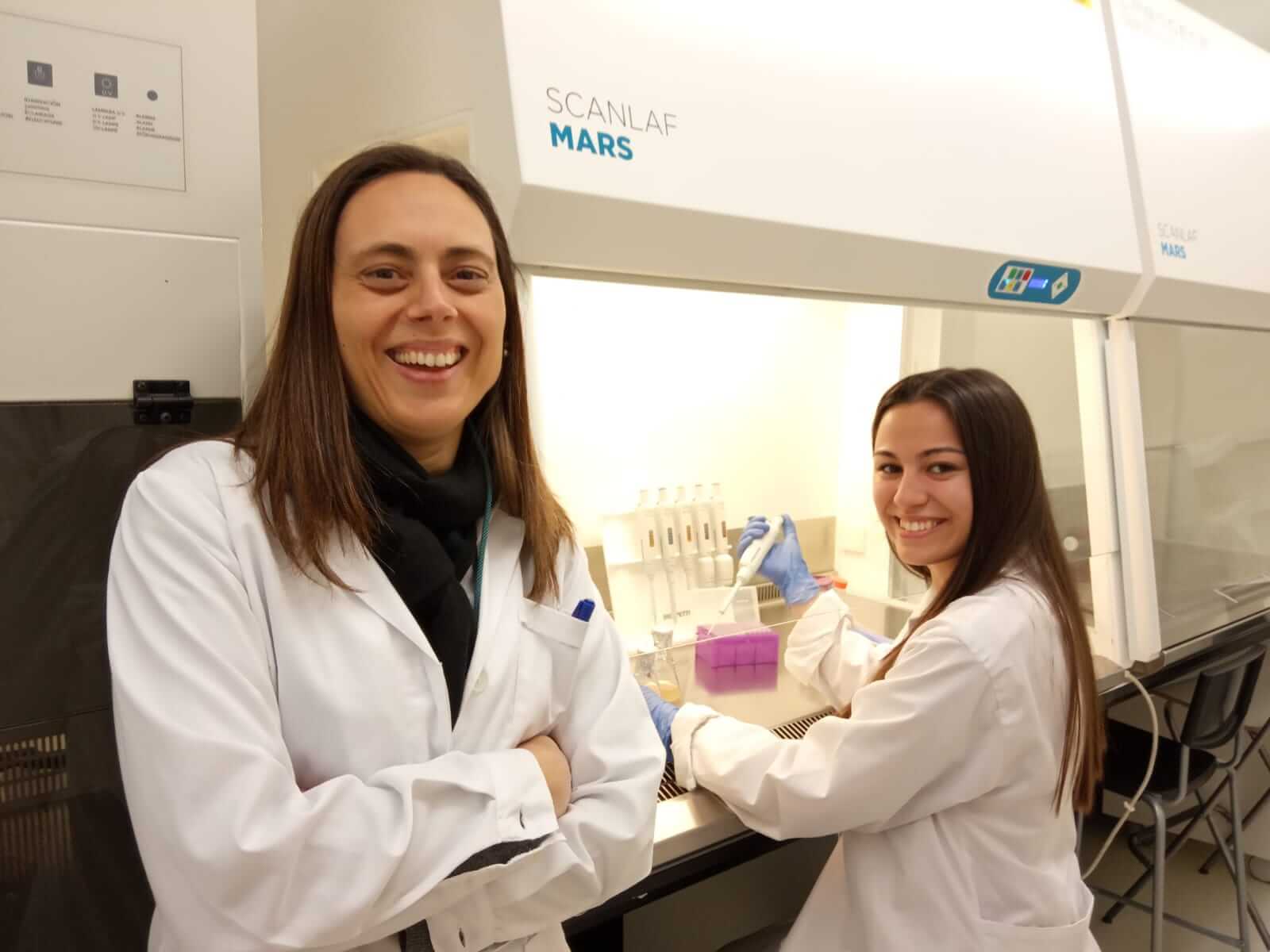On a rocky shore in northern Portugal, researchers from the University of Porto have been busy collecting heaps of brown seaweed. Their purpose? To explore the bioactivity of the Actinobacteria found within it.
Actinobacteria, a phylum of Gram-positive bacteria, are ubiquitous in soil, freshwater and marine environments, and are clinically used for many antibiotics, as well as anticancer and anti-inflammatory agents. In fact, more than half of the 20,000 microbe-derived drug candidates in development stem from the terrestrial species of the bacteria. But aquatic Actinobacteria haven’t received as much attention.
“The diversity of the natural world is unparalleled. The adversities presented by their environments forces living organisms to adapt mechanisms of defense, which often results in the production of compounds with useful bioactivities,” explains Maria de Fátima Carvalho, Principal Investigator at the Interdisciplinary Centre of Marine and Environmental Research of the University of Porto.
Carvalho is interested in isolating Actinobacteria from diverse sources, and so rather than focusing on the bench, she went to the coastline in pursuit of new therapeutic molecules (1). The team investigated cultivable Actinobacteria associated with Laminaria ochroleuca seaweed and were able to recover 90 isolates. Forty-five of the strains identified were capable of inhibiting the growth of Candida albicans (an opportunistic yeast that causes candidiasis) and Staphylococcus aureus, and a further 28 displayed inhibitory effects on breast carcinoma and neuroblastoma cell lines. The team also discovered two strains that produced bioactive compounds not previously featured in common databases of natural products, and are now investigating them with increased scrutiny to determine if they are indeed novel chemical entities.

“Up to 90 percent of drugs are rejected in preclinical drug screening,” says Carvalho. “Until now, no one had characterized the Actinobacteria in L. ochroleuca. Our findings are an exciting step in the right direction. The more drugs candidates available – and the more strains of Actinobacteria we discover to feed drug development channels – the better!”
Carvalho and her team intend to further explore Portugal’s waters in search of other species of seaweed – and new communities of Actinobacteria.
References
- MF Carvalho et al., “Actinobacteria Isolated From Laminaria ochroleuca: A Source of New Bioactive Compounds”. Frontiers in Microbiology 10:683. (2019).




